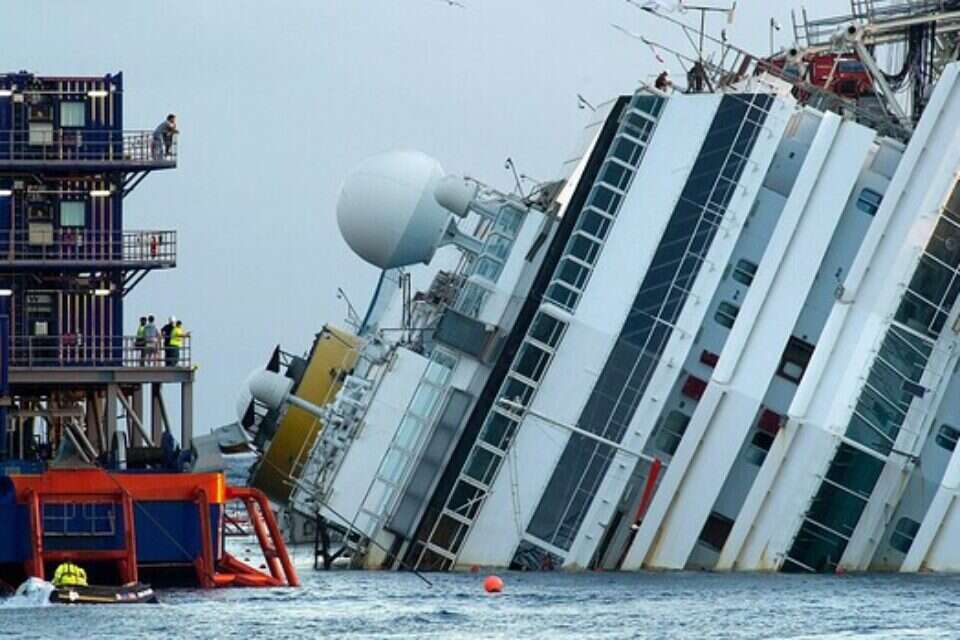Shipwrecks are considered a symbol of death – and rightly so. Maritime disasters have claimed at least hundreds of thousands of lives throughout history. But a new study sheds light on the fact that the wreckage of ships resting on the seabed is actually teeming with life – marine life, of course. We used ChatGPT, Forefront, and Perplexity to share the findings.
Beneath the waves surrounding Britain's coastline lie an estimated 50,000 shipwrecks, many of which have been there for more than a century. Research by the University of Plymouth and the Blue Sea Foundation reveals that they play a vital role in the marine ecosystem, serving as a haven for fish, corals and other underwater species.
The study focused on five shipwrecks off the coast of Berwickshire, which sank in the late 19th and early 20th centuries and are located at depths of 17-47 meters. The photographs collected during the study, showing the shipwrecks and their surroundings, showed that they serve as an unintended preventive measure against trawler fishing – fishing nets dragged along the seafloor. The researchers found that the average density of marine life around shipwrecks is 240 percent higher than in areas where trawlers operate undisturbed. At a small distance of up to 50 meters from the remains, the density jumps to 340% more than trawler fishing sites.
However, the density of life is still lower than at sites where a total fishing ban is enforced: at such sites, the average density is 149% higher than in shipwreck environments, and 85% higher than within 50 meters of the remains.
The study's lead author, Jenny Hickman, says shipwrecks are of crucial ecological importance in areas facing unregulated fishing. Joe Richards of the Blue Sea Foundation, who co-authored Hickman's study, adds that shipwrecks should be part of the marine conservation strategy, which in Britain includes making 30% of the surrounding oceans no-fishing zones by 2030.
Wrong? We'll fix it! If you find a mistake in the article, please share with us

